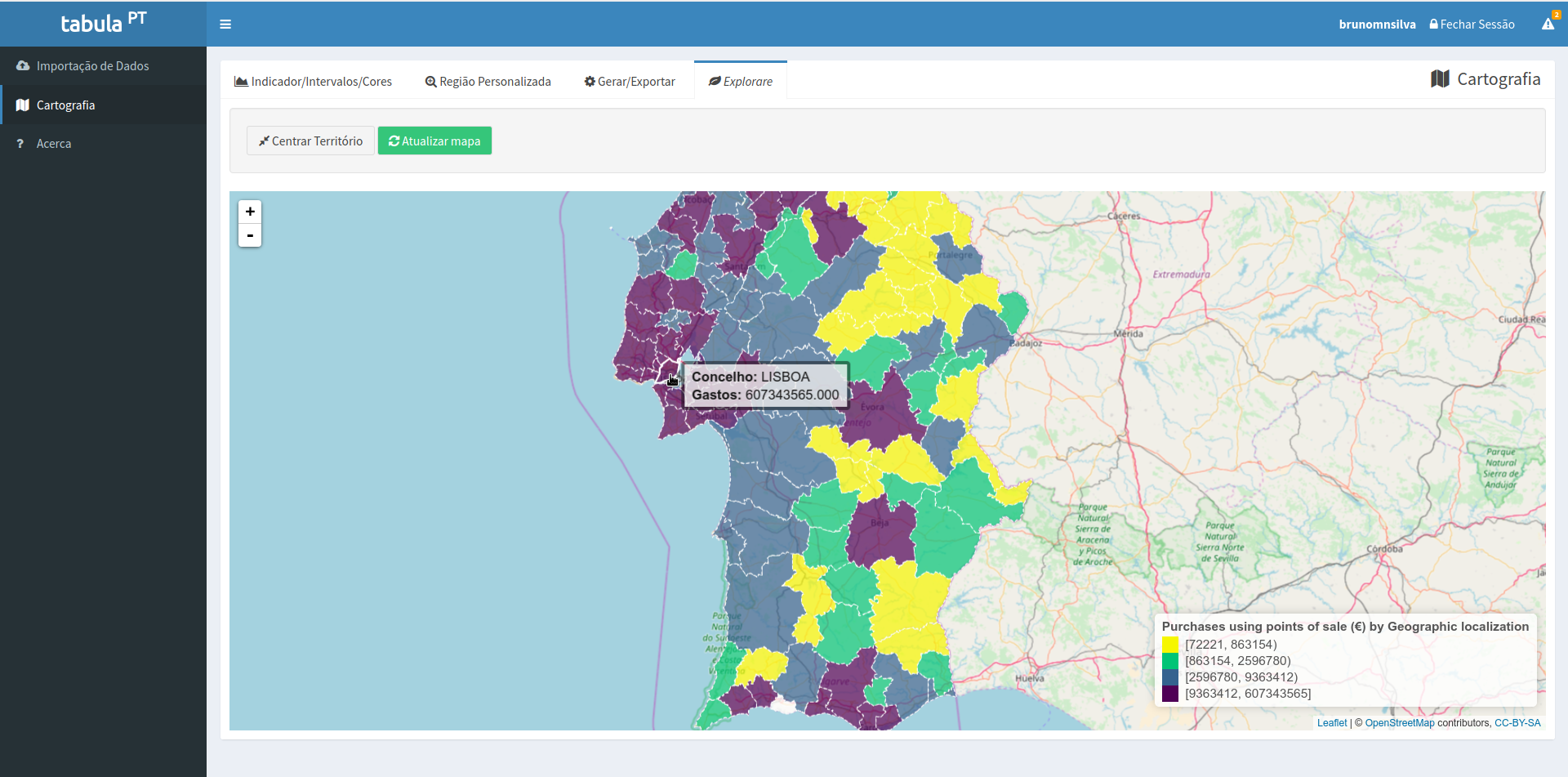

We’re showing you how to create the same type of map with both tools, in order to show you the difference. Now let’s use the same tool to create an interactive choropleth map, and compare the process with the Datawrapper tool we learned in the prior section.
#Tabulo map free#
We first introduced you to the free Tableau Public desktop application (for Mac or Windows) when building scatter charts and filtered line charts in Chapter 6. Zotero and Better BibTeX for Notes and Biblio.Style Guide for Hands-On Data Visualization.
#Tabulo map code#

The process to make the quantiles dynamic involves 3 steps: Furthermore I can make the legend dynamic (leading back to the title of this blog post) by using a parameter. I now have 4 distinct color buckets and a much richer data display to answer my question. Here’s the same normalized data set now turned into quartiles. So as a final step I can adjust my measurements to percentiles and bucket them into quantiles. The trend or data story has changed, my eyes are now drawn toward the dark blue in Colorado and Wyoming, but I am still having a hard time drawing distinctions and giving direction on my question of “which areas in the US have the most businesses?” Here’s the updated visualization – notice that while it’s improved, now I’m running into a new issue – all my color is concentrated around the middle. And since there is such a wide variety in my data set, it’s hard to understand more nuanced trends or truly answer the question “which areas in the US have more businesses?”Ī good first step would be to normalize by the population to create a per capita measurement. The range of number of businesses per county is quite large, going from 1 all the way to about 270k. Here’s my starting point example – this is a map showing the number of businesses per US county circa 2016. These are particularly useful when measurements are either widely dispersed or very tightly packed. The reason the quantile is valuable is that it lines up all the measurements from smallest to largest and buckets them into groups – so when you use something like color, it no longer represents the actual value of a measurement, but instead the bucket (quantile) that the measurement falls into. We see quartiles all the time with boxplots and it’s something we’re quite comfortable with. The most popular of the quantiles is the quartile, which partitions out data into 0 to 25%, 25 to 50%, 50 to 75%, and 75 to 100%. Quantiles are points that you can make within a data distribution to evenly cut it into equal intervals. And that tip just so happens to be: how to create dynamic coloring based on quantiles for maps.įirst, a refresher on what quantiles are. Two of the sessions were focused exclusively on tips and tricks (to make you smarter and faster), so I wanted to take the time to slow down and share with you the how of my favorite mapping tip. Last week at Tableau’s customer conference (TC18) in New Orleans I had the pleasure of speaking in three different sessions, all extremely hands on in Tableau Desktop.


 0 kommentar(er)
0 kommentar(er)
